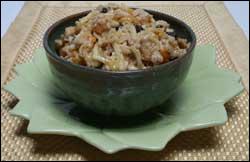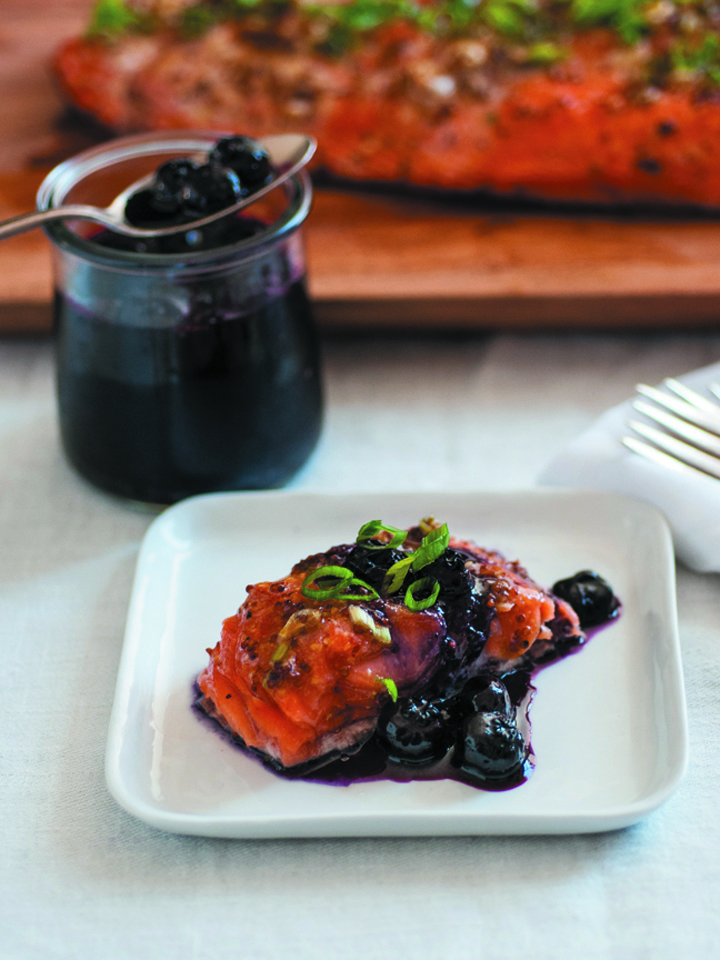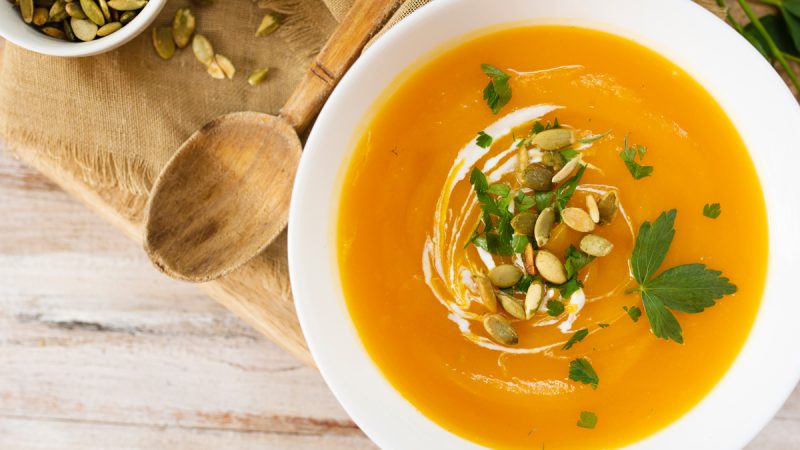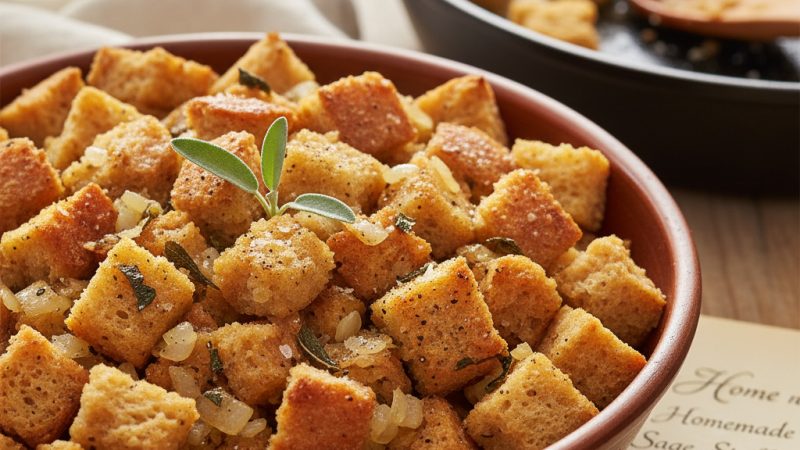See Oatmeal in a New Light

St. Patrick’s Day fare is usually so predictable. Putting aside the foods that are artificially tinged with green food coloring, most of us dine on traditional Irish staples like corned beef and cabbage or Irish soda bread. Stepping a bit outside the box, one could prepare colcannon – potatoes mashed with boiled kale and leeks – or black pudding, a dish made with blood sausage. This year, I’ve settled on a less predictable offering: oatmeal.
Thanks to the multiple health benefits it offers, oatmeal is a dish that can, and should, be enjoyed all year round. In fact, whole-grain oats are a top source of soluble fiber, which has been shown to lower blood cholesterol. Experts also link foods containing dietary fiber to lower risk of colorectal cancer.
While few people would point to oatmeal as a pleasurable indulgence, I have always thought of it as a special treat. When I was a child, my mother bought top-quality, imported Irish oatmeal and prepared it in an open pot on the stovetop. It had a nutty flavor and was thick enough to hold up a spoon. I have always preferred this to the milky, soupy dish that most people prepare.
Then, just when I thought I’d found the holy grail of oatmeal, I went to Scotland. The Scots do wonders with their oatmeal, serving it all day long. In addition to enjoying it at breakfast, you can find it in vegetable soup, a handful of steel-cut oats added in place of rice. Oatmeal is also served for dessert. The most decadent preparation I saw featured oats soaked in Scotch whiskey, then layered with whipped cream and fresh berries. Clearly a treat reserved for special occasions.
Although basic steel-cut oats are used most often, you can experiment with different varieties when making oatmeal. Pinhead oats, for example, are steel-cut whole grains that are chopped into fine pieces, allowing them to cook faster. Some natural food stores in the U.S. carry them sealed in a can.
This week’s recipe was inspired by a creamy oatmeal brûlée with a crackling crust. It features dried fruits and nuts that are baked into thick and hearty oats. Serve some for breakfast, then reheat the rest in the microwave for dessert, topped with a small scoop of reduced-fat yogurt or vanilla ice cream.
Baked Oatmeal
– Makes 4 Servings
- 1 3/4 cups low fat (1 %) milk
- 2 tsp. unsalted butter
- 1/8 tsp. salt
- 1 cup old-fashioned rolled oats
- 1/4 cup dried apricots
- 1/4 cup raisins
- 3 Tbsp. lightly packed brown sugar, divided
- 1/2 Golden Delicious apple, peeled and cored
- 3 Tbsp. chopped walnuts
Preheat the oven to 350 degrees.
In 2-quart microwaveable, oven proof casserole, heat milk and butter until milk steams, about 1-2 minutes. Mix in salt and oats and set aside.
Chop apricots. Mix apricots, raisins and 1 Tbsp. of the sugar into oats. Shred apple into oats and mix to combine.
Bake oats, uncovered, for 15 minutes. Stir, then top with remaining sugar and the nuts. Bake 15 minutes longer, or until the oats are chewy. Divide the oatmeal among four bowls. Serve immediately.
Per serving: 280 calories, 8 g total fat (2 g saturated fat), 45 g carbohydrate, 9 g protein, 4 g dietary fiber, 280 mg sodium.
The Author:
“Something Different” is written for the American Institute for Cancer Research (AICR) by Dana Jacobi, author of The Joy of Soy and recipe creator for AICR’s Stopping Cancer Before It Starts.








